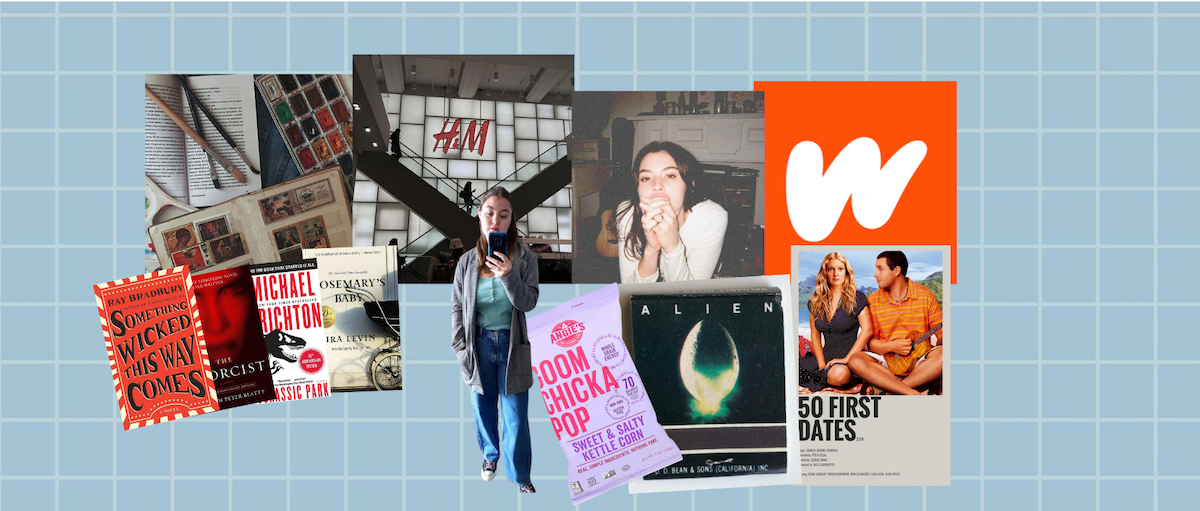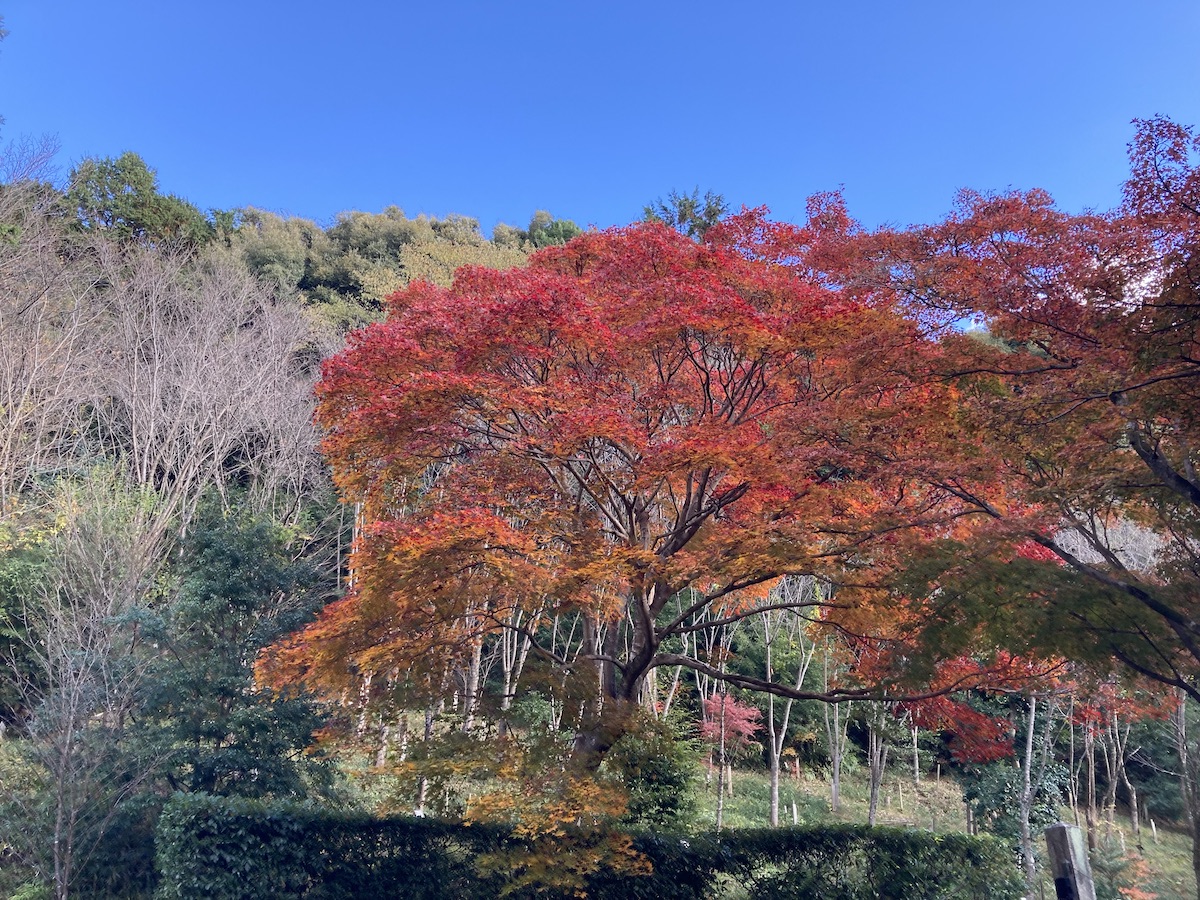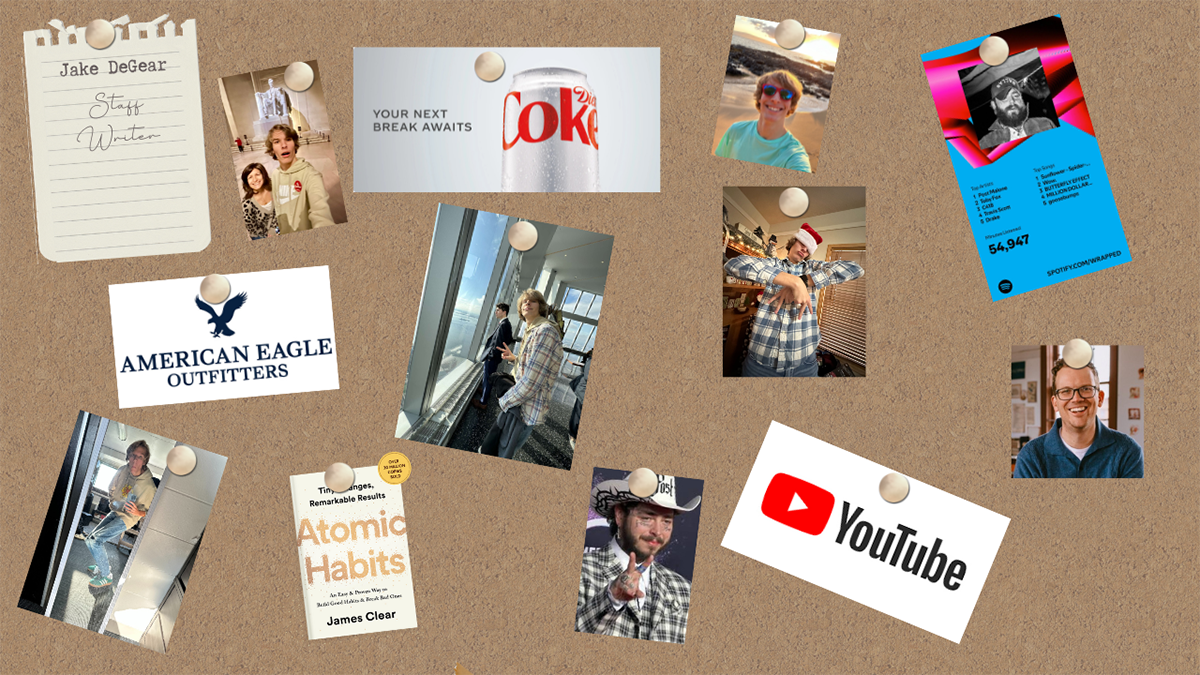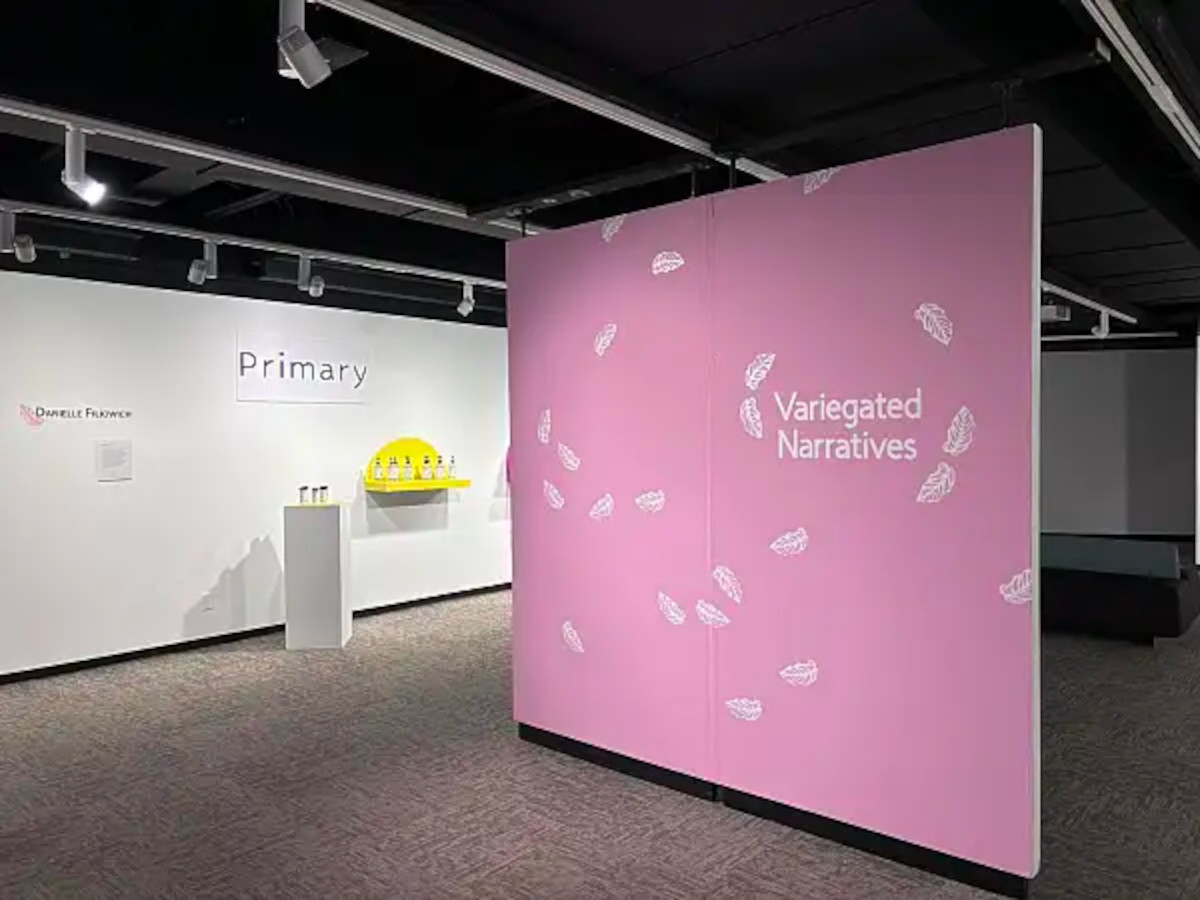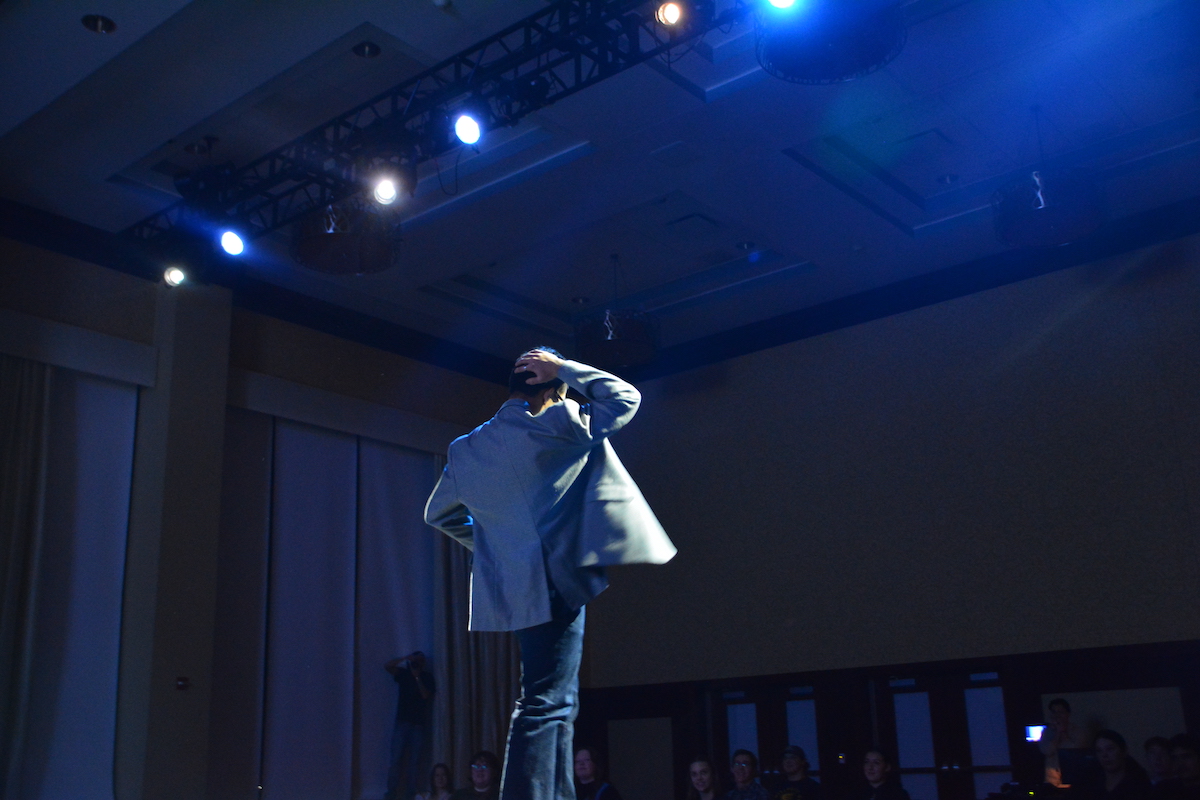Nineteenth and twentieth century artists are responsible for the roots of contemporary American art; at least in the opinion of Foster Art Gallery director Tom Wagener who has the exhibit “Masterworks from the Hillstrom Museum of Art” currently on display.
The exhibit is a showcase of 44 pieces of art: primarily prints and drawings that are part of a collection that is permanently housed at the Hillstrom Museum of Art in St. Peter (Minn.) at Gustavus Adolphus College.
“I’m familiar with the Hillstrom art museum and I knew that they had a pretty respectable art collection so I approached their gallery director about possibly borrowing some of their works for the show and he agreed to it so our gallery committee kind of came up with what we wanted the exhibition to look like,” Wagener said.
What makes this exhibit unique from the others usually in the Foster Art Gallery, is its historical roots. Wagener said student and faculty prefer and desire to see what is currently being done, so Foster rarely displays exhibits that have historical contents.
“This [exhibit] is important … we are seeing the roots of the contemporary American art,” Wagener said. “We see some works that really are the founders of contemporary American art. I think it’s really important to go back to our roots and see where we came from.”
Wagener is not the only one who is particularly interested in the historical value of this display. Senior gallery attendant Jake Heitzing finds this exhibit particularly exciting.
“It is exciting to show these works, because we don’t often have exhibits that are historically based,” Heitzing said. “In terms of prints and artists there is a good variety.”
In a gallery full of the work of artists like George Bellows, Abraham Walkowitz and Grant Wood there is one piece that stands out to Wagener, the 1886 print “An Evening Walk” by American impressionist William Langson Lathrop. Sandra Stark, gallery print maker, brought a magnifying glass to the gallery through which her and Wagener examined and appreciated the technique of the piece of art.
“It’s a very lifelike looking image and when you see how it was done very precise it’s stunning how the craftsmanship evolved and the effect that it had,” Wagener said.
Wagener and Stark have really noticed and appreciated the detail. Along with them is senior gallery attendant Chrissie White.
“Most of it is monochromatic which is usually considered to be more simple in our society but when you really look, it is so detailed,” White said.
In addition to the historical value that the exhibit brings, White finds it refreshing to have something of higher caliber.
“Not that what we usually have isn’t great but this is definitely more prestigious,” White said.
Though White said student turnout tends to be sparse during the week, they have seen a good crowd, especially on opening night, Feb. 21, when an opening reception was held.
Wagener said there has been a really positive look on it because of the uniqueness of the exhibit and the well-known artists that are displayed. He encourages students to take advantage of this opportunity and come see the exhibit.
The director of the Hillstrom Art Museum, Donald Myers will present a public talk at 11 a.m. on March 11 in the Gallery, which Wagener urges students and faculty to attend also.

